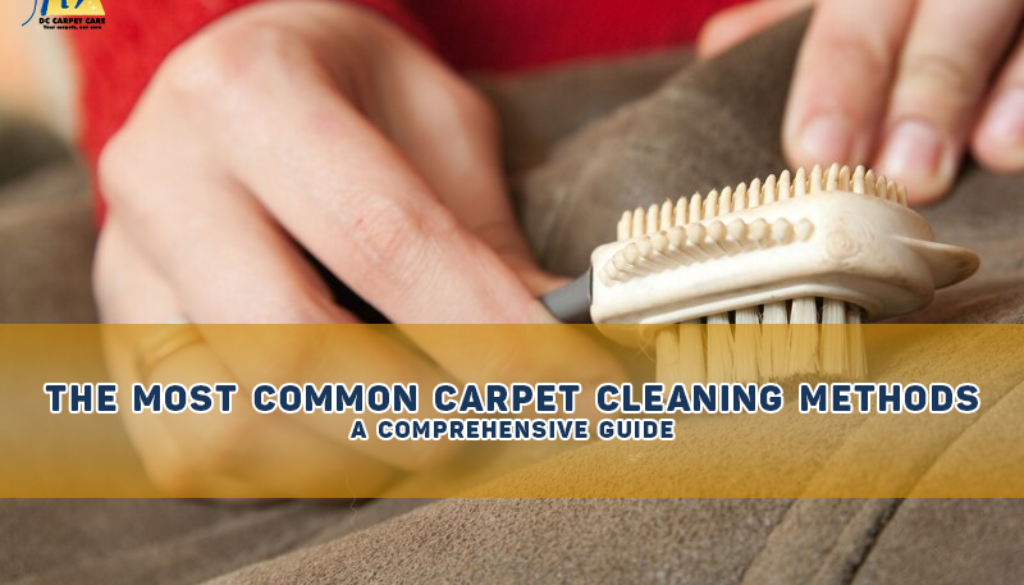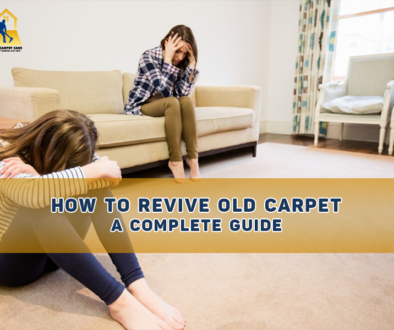Discover the most common carpet cleaning methods and their benefits. Learn how to keep your carpets fresh, clean, and long-lasting with the right cleaning techniques.
Carpets add warmth and comfort to our homes, but they also require regular maintenance to stay clean and fresh. Over time, dirt, dust, allergens, and stains accumulate, making carpet cleaning an essential household task. Whether you’re a homeowner or a business owner, understanding the most common carpet cleaning methods can help you choose the best option for maintaining your carpets.
In this guide, we will explore the top carpet cleaning techniques, their advantages and disadvantages, and which method is best suited for different types of carpets and stains.
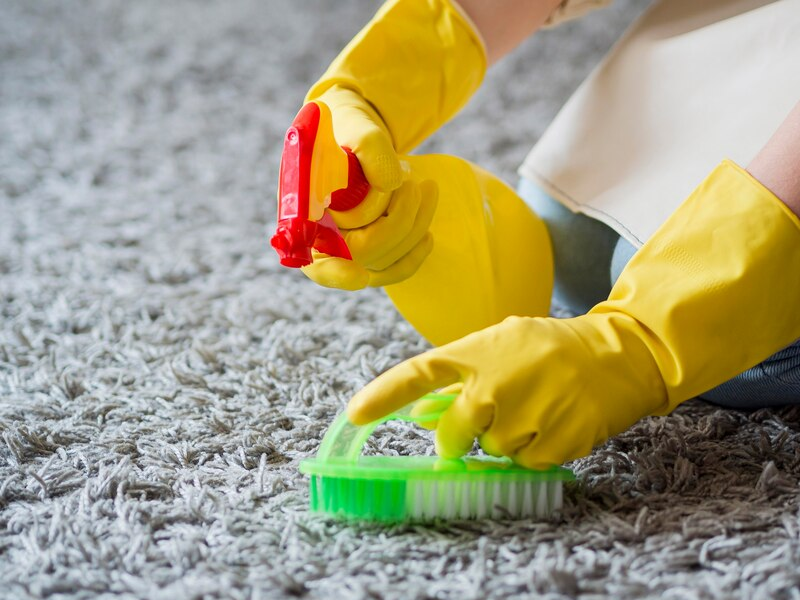
Why Regular Carpet Cleaning is Important
Carpet cleaning isn’t just about aesthetics—it plays a crucial role in maintaining a healthy indoor environment. Here are a few key reasons why regular carpet cleaning is essential:
- Improves Indoor Air Quality: Carpets trap allergens, dust, and bacteria, which can affect air quality.
- Extends Carpet Lifespan: Routine cleaning prevents premature wear and tear.
- Enhances Appearance: Clean carpets boost the overall look of a home or office.
- Removes Stubborn Stains: Deep cleaning methods help eliminate tough stains and odours.
Most Common Carpet Cleaning Methods
1. Hot Water Extraction (Steam Cleaning)
Hot water extraction, also known as steam cleaning, is one of the most popular carpet cleaning techniques. It involves using high-pressure hot water to loosen dirt and debris embedded in carpet fibres.
How It Works:
- A cleaning solution is applied to the carpet.
- Hot water is injected deep into the fibres using a high-powered machine.
- The dirt, debris, and moisture are extracted using a vacuum.
Pros:
✔ Deep cleans carpets and removes tough stains.
✔ Eliminates bacteria, allergens, and dust mites.
✔ Suitable for most carpet types.
Cons:
✖ Long drying time (can take 6-24 hours). ✖ Requires professional equipment.
2. Dry Carpet Cleaning (Encapsulation Cleaning)
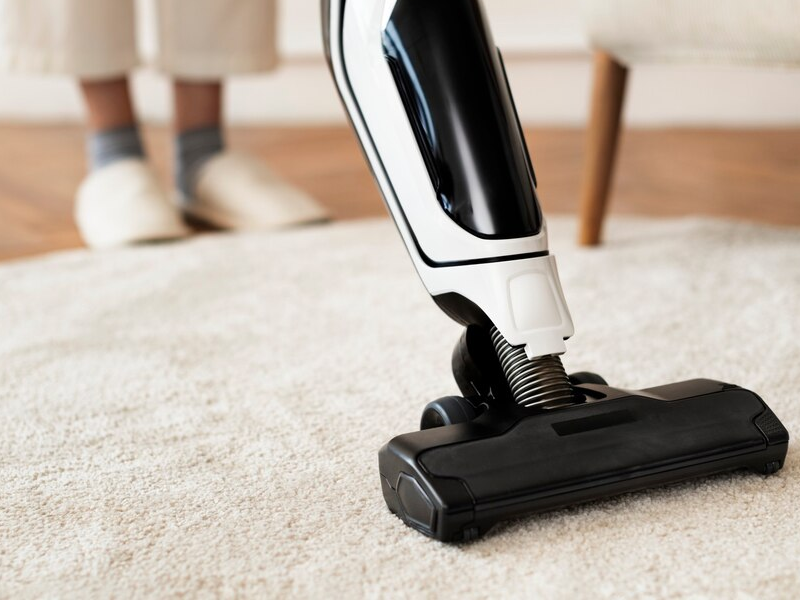
Dry carpet cleaning, also known as encapsulation, is a low-moisture method that uses specialized cleaning agents to encapsulate dirt particles.
How It Works:
- A chemical cleaning solution is applied to the carpet.
- The solution crystallizes dirt and grime into a powder form.
- The residue is vacuumed away.
Pros:
✔ Quick drying time.
✔ Uses minimal water, reducing the risk of mould growth.
✔ Ideal for commercial spaces with high foot traffic.
Cons:
✖ May not be effective for heavily soiled carpets.
✖ Some chemical residues may remain if not vacuumed properly.
3. Carpet Shampooing
Carpet shampooing is one of the oldest cleaning methods, using a foamy detergent solution to lift dirt and stains.
How It Works:
- A carpet-friendly detergent is applied.
- The carpet is scrubbed with a rotary machine.
- Foam is left to dry and then vacuumed.
Pros:
✔ Effective for deep cleaning heavily soiled carpets.
✔ More affordable than steam cleaning.
✔ Leaves carpets smelling fresh.
Cons:
✖ Longer drying time.
✖ Residue buildup can attract dirt faster.
✖ Not as effective at removing deep-seated allergens.
4. Bonnet Cleaning
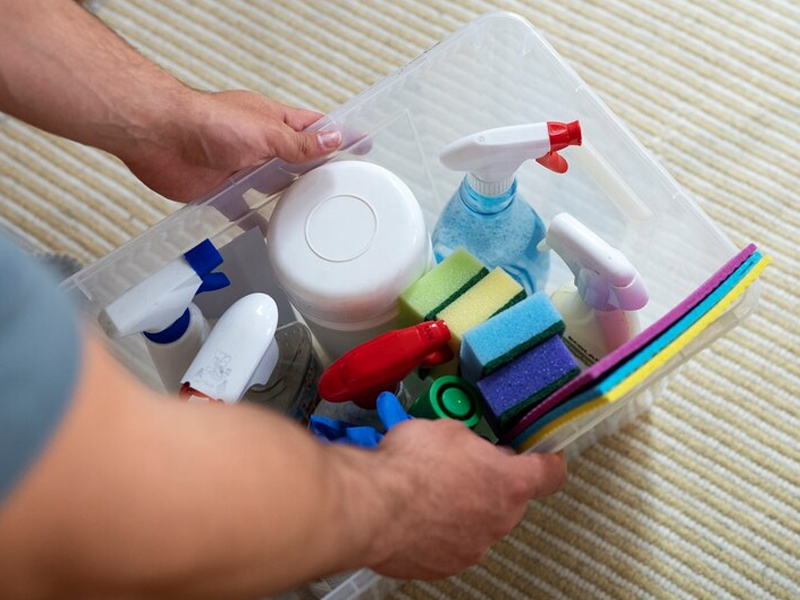
Bonnet cleaning is a surface-cleaning method commonly used in hotels and commercial spaces for quick maintenance.
How It Works:
- A cleaning solution is sprayed onto the carpet.
- A rotating bonnet pad absorbs dirt from the surface.
- The carpet is left to dry.
Pros:
✔ Fast drying time.
✔ Great for light maintenance cleaning.
✔ Cost-effective for commercial areas.
Cons:
✖ Only cleans the surface and does not remove deep dirt.
✖ Can damage carpet fibres if done too frequently.
5. Foam Cleaning (Dry Foam Method)
Foam cleaning is similar to shampooing but uses less water, making it a great option for moisture-sensitive carpets.
How It Works:
- A special foam solution is applied to the carpet.
- The foam traps dirt and lifts it to the surface.
- The carpet is vacuumed once dry.
Pros:
✔ Uses less water, so carpets dry faster.
✔ Effective for light to moderate soil levels.
✔ Good for delicate carpets.
Cons:
✖ Not as deep-cleaning as steam cleaning.
✖ May leave residue behind.
Which Carpet Cleaning Method is Best for You?
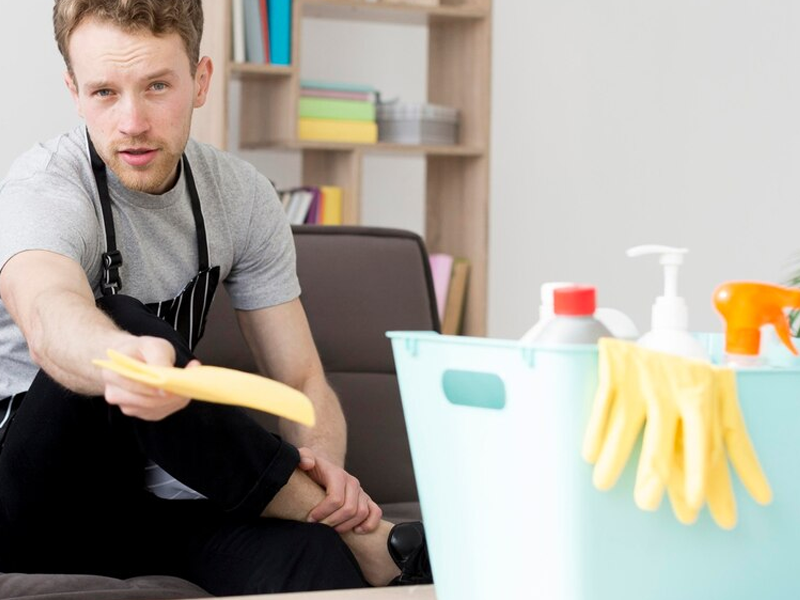
Choosing the right cleaning method depends on various factors, including:
- Carpet Material: Wool, synthetic, and natural fibre carpets require different cleaning approaches.
- Level of Soiling: Heavily soiled carpets may require deep cleaning methods like steam cleaning.
- Drying Time Preference: If you need quick results, dry cleaning or bonnet cleaning may be ideal.
- Allergen Concerns: Steam cleaning is best for eliminating allergens and bacteria.
- Budget: Some methods, like hot water extraction, may cost more but provide long-term benefits.
Tips for Maintaining Clean Carpets
Keeping carpets clean between professional cleanings is essential. Here are some practical tips:
- Vacuum Regularly: Aim for at least twice a week to remove surface dirt.
- Spot Clean Stains Immediately: Blot spills with a clean cloth and use mild detergent when necessary.
- Use Doormats: Placing mats at entrances helps reduce dirt and debris.
- Schedule Professional Cleaning: Depending on traffic, professional cleaning should be done every 6-12 months.
Final Thoughts
Understanding the most common carpet cleaning methods helps you choose the best option for your home or business. Whether you opt for steam cleaning, dry cleaning, or shampooing, regular carpet maintenance ensures a cleaner, healthier environment.
By selecting the right cleaning technique and following maintenance tips, you can extend your carpet’s lifespan and keep it looking fresh for years to come.

